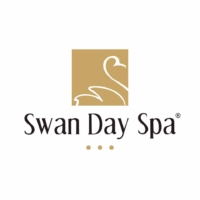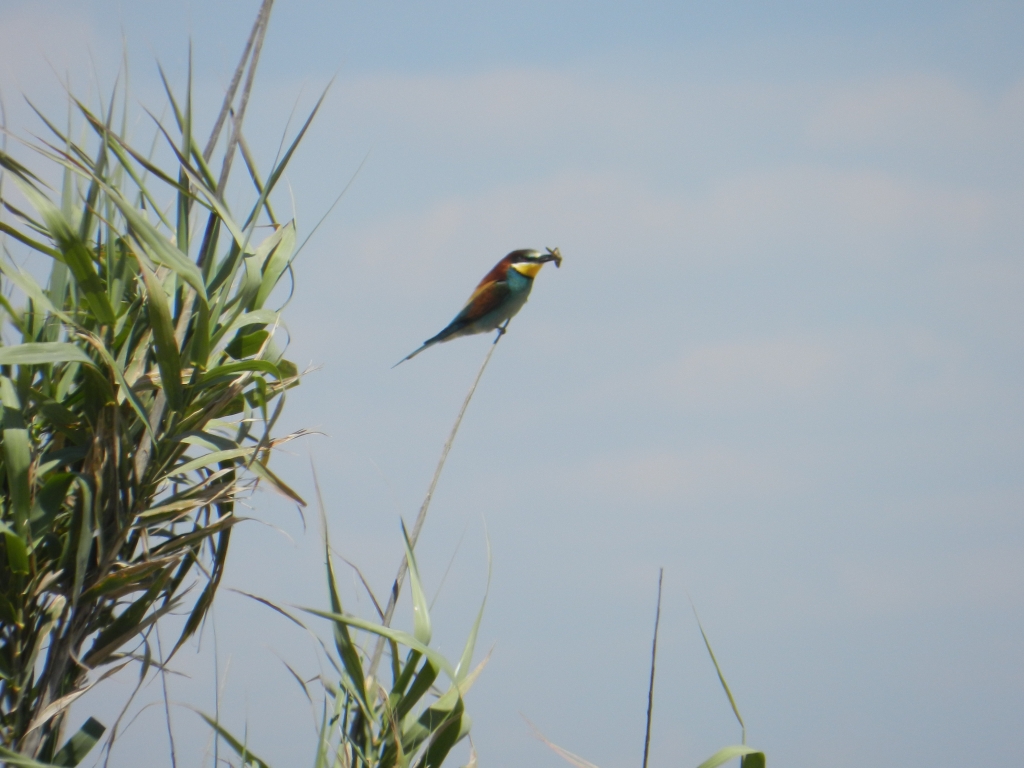
Newsletter November 2017
Welcome to our first Newsletter
We celebrate the re-launch of Friends of A Rocha Portugal.
Becoming ‘A Friend’ means you will be helping to support the good work of A Rocha Portugal.
We look forward to sharing News about the people, projects, wildlife, flora and fauna of this beautiful part of the World.
Helen Rodda (Volunteer)
S
N
A
P
SHOT

Filipa Bragança

Age: 39
Nationality: Portuguese
Type of work: Project Manager- Friends of A Rocha Portugal
When and how did you start working at A Rocha: I heard about A Rocha when I was at school. When I finished my Biology degree at Aveiro University I was looking for projects related to Conservation and Biodiversity. First time I came to A Rocha was in 2003 and I was volunteer for a couple of months helping and learning to ring birds. In 2008 I returned as volunteer and started to train to become a licensed bird ringer and got my license in 2012. From 2011 to 2017 I took part in a project: “Monitoring the Kentish Plover in Alvor Estuary”. In May of 2017, I took up my present position as Project Manager.
How can you describe your experience at A Rocha: As a volunteer for almost 8 years you can tell this is my true passion! I love to work with birds! It is so important the work of A Rocha, there is such a great need to protect and understand nature, and to work towards the conservation of unique places like the Alvor Estuary. The centre is open each Thursday and I help with the bird ringing and welcome the visitors. I have learned so many things and I have met so many different people from different cultures: students, volunteers, visitors, people with the same interests, people that care about life and nature and we share knowledge and experiences. Now I am embracing a new challenge with the Friends of A Rocha and I believe this is going to help A Rocha in their future work! This is like a big family!
IFO’s – Identified Flying Objects…


Geranium Bronze (Cacyreus marshalli, Butler, 1898)

Morphology: Small butterfly, wingspan between 15 and 27 mm. The two sexes are similar, having chocolate-brown upper wings with a white and brown fringe. The underside wings are highly patterned, with different tones of white and brown. Adults also have small tails on their hindwings with an eye spot, which diverts attacks from birds and other predators.
Habitat: Mainly urban areas with cultivated geranium often turns up in scrubby areas around towns and villages.
Distribution: This species is native from Southern Africa (South Africa and Mozambique) and was introduced in Europe in 1987, as an immature stage in Geranium plants. First time seen in Portugal in 1997.
Notes: This species is considered a pest of cultivated Pelargonium and Geranium, the caterpillars feed off the leaves, flowers and stems, digging galleries inside of these and can cause the death of the plant.

Tweet… Tweet…
European Bee-eater (Merops apiaster)
Identification: Medium size bird with exotic colours. The most distinctive characteristics are the yellow throat, blue breast and belly, reddish mantle and black mask. Long tail with two longer central feathers. The juvenile is greenish above. This bird is easily identified when perching on wires or flying around with a distinctive call.
Habitat and Ecology: Cultivated land and any open country with bushes, cork-oak woods, olive trees and farmland. The nest is a burrow excavated in sandy banks, earthen cliffs or barriers on the sides of roads. Breeds in colonies or isolated. It feeds on insects mainly from Hymenoptera (bees, wasps and ants). Hunts from perches or in flight.
Distribution: Summer visitor from end of March until the beginning of September (breeds between May and June) winters in Southern Africa. In Portugal it is more common in the South. It is a day time migrant and can be observed in large groups after the breeding season.
Threats: Least Concern in the International Union for Conservation of Nature (IUCN) red list. In the past in some countries of Eastern Europe, it was killed as an apiary pest. The biggest threat may be the lack of insects due to the large use of pesticides and the canalization of rivers with the loss of breeding sites.
DID YOU KNOW?
- We caught an European Bee-eater, using common mist nets. This species has been caught and ringed just twice in Cruzinha, the first time on the 4th of April of 1996 and more recently on the 3rd of August of 2017.
- Migration has already started! This is a good time to see one of our biggest birds, the Griffon Vultures, so it is always worth looking high in the sky!

PASSING BY

Autumn bird migration is a good opportunity for ringing different birds. At our Ringing station (Constant Effort Site) in Cruzinha we had some ringers staying with us, hoping to have the chance of ringing and watching unusual birds.
Heather Coats
British, Wales
73 years old
Bird ringer
I am a retired training officer and I spend a lot of my time ringing birds in the UK and training others to ring.
My first time at Cruzinha, was in 1999 on holiday. I came back in 2001 and every year since then.
I feel that it is like my second home! I like the fact that my bird ringing is part of an on-going ringing project so that the data which I collect is added to an existing data base used for conservation purposes. It is interesting to see species that I ring in the UK on their migration and also to be able to ring species which I don’t see in the UK such as Spotless starling and Azure winged magpie.
Stephen Vickers
British
23 years old
Researcher in Statistical analysis
This was my first time at Cruzinha (September of 2017). I am working with statistical analysis of the Constant Effort Bird ringing taking place in the garden of Cruzinha.
I was able to get stuck in with ringing, enabling me to understand the site and processes used. With this, I can better undertake the statistical analysis of almost 30 thousand bird captures over almost 20 years, looking at trends in species caught. With 88+ species caught in the gardens of Cruzinha since ringing began, the area excels in its diversity and it really was an honour to visit and work in.
Valerie Wilson
British, Wales
63 years old
Radiotherapy physics
I have a degree in Zoology, work in Radiotherapy Physics and heard about bird ringing late in my working life. I found a trainer and started my bird ringing training in Wales 2 years ago. I belong to The Gower Ringing Group and I met Heather Coats there, who told me she ringed birds In Portugal, at Cruzinha, as part of CES (Constant Effort Sites surveys) and I thought it would be an opportunity to see the Gower migrating birds and perhaps ring different species of birds.
This is my first visit to Cruzinha (October 2017), it has been most enjoyable, the people are very hospitable and I like the place and its location. I did ring different species and also had a wonderful experience!
Gerry Rawcliffe
British, London
58 years old
Retired Financial Analyst, Bird Ringer
I first came to Cruzinha 25 years ago (October 1992) after I had become the treasurer of A Rocha. I started bird ringing here with Peter Harris, the founder of A Rocha, and for several years visited most autumns and sometimes in June for the Storm Petrels Project. I was an A Rocha International Trustee for two periods and saw it as part of my remit to ensure the Board was aware how important it was to help to protect the Alvor Estuary. Having retired from working in the City of London this summer, I decided to come back this year (October 2017) for some bird ringing: Cruzinha is a place where I can ring different bird species to the ones I see at home, the weather is great and I find it a relaxing place to stay. More importantly it is a place which has both great emotional and spiritual significance for me. There have been many changes in the area, especially with so much of the land fenced off where once you could walk freely. In some ways this is sad to see, although this could have helped to protect some of the flora, fauna and bird life from the ever increasing interest of visitors to the area. In particular the number of flamingoes and spoonbills on the marsh are impressive, including birds with foreign rings!
DATES TO REMEMBER
1st of November Aniversary of the day Mexilhoeira Grande became a village (1999)/ Public Holiday All Saints Day
2nd,9th,16th , 23rd and 30th November Cruzinha Birdringing display & Moth Talk (10am to 12 am)
3rd-12th November Feira de S. Martinho (St Martin Fair), Portimão
24th-26th November Festival da Batata Doce (Sweet Potato Festival), Aljezur
3rd,10th,17th and 24th of November Estuary clean up -Microplastic project (time changes due to tides please contact A Rocha 282968380)

A Rocha Life organizes daily birdwatching tours throughout this month.
This is one of the best times of the year to see migrating birds, especially Griffon Vultures.

Thank you for supporting the Friends of A Rocha Portugal

Dr Roy Rodrigues
Av. Do Brasil, Qta das Palmeiras, Lt P2, R/c A, 8500-299 Portimão
282180683
royaldente@gmail.com


Sítio da Amoreira, Lote 12,
Alvor, 8500-045 Portimão
282412562/ 925433047
MICRO-PLASTICS
Micro-plastics are plastic particles smaller than 5mm in size that occur in large quantities in the marine environment. Public awareness of this problem is growing rapidly and with that more scientific research is being done into this manmade problem. The magnitude of the pollution in the Algarve has not been researched yet, so A Rocha is contributing with a micro-plastics project.
A Rocha Portugal is developing a preliminary assessment of the Micro-plastic pollution on the marine Environment surrounding the Alvor Estuary. The aims are to find out about the pollution here, collect data to compare with other studies, and participate in environmental education, by informing local people and visitors about this subject.
For this project two EVS volunteers have been recruited: Yassir Bouchnafa from France and Arjan van Vuuren from the Netherlands. Yassir has a background in marketing, while Arjan has a background in philosophy. Even though we are very different, we share a genuine concern for the environment and a love for comedy. Obviously, we are not scientists, making this a citizen science project. The term citizen science refers to efforts in which citizens can collect reliable scientific data, often in collaboration with professionals. In our case, these professionals are the team from A Rocha France. They provide us with methodology and support for the scientific parts of the work…
Arjan Van Vuuren and Yassir Bouchnafa
To be continued…


Thought of the Month
Blessed are the peacemakers, for they will be called children of God. Mathew 5:9

Isabel Soares
Environmental Education Officer
Please help us to continue the good work of A Rocha Portugal by becoming a Friend.
You can apply now to “Become a Friend”:
Please come and visit us at Cruzinha, our Centre, near Mexilhoeira Grande, Portimão, Portugal. The centre is open on Thursday mornings from 10 to 12 am. See map

GPS coordinates
37°08’39.8″N (37.1444) 8°36’29.2″W (-8.6081)
(+351) 282 968 380
If you have any queries you can contact us by email:
friends(dot)arpt(at)arocha(dot)org











